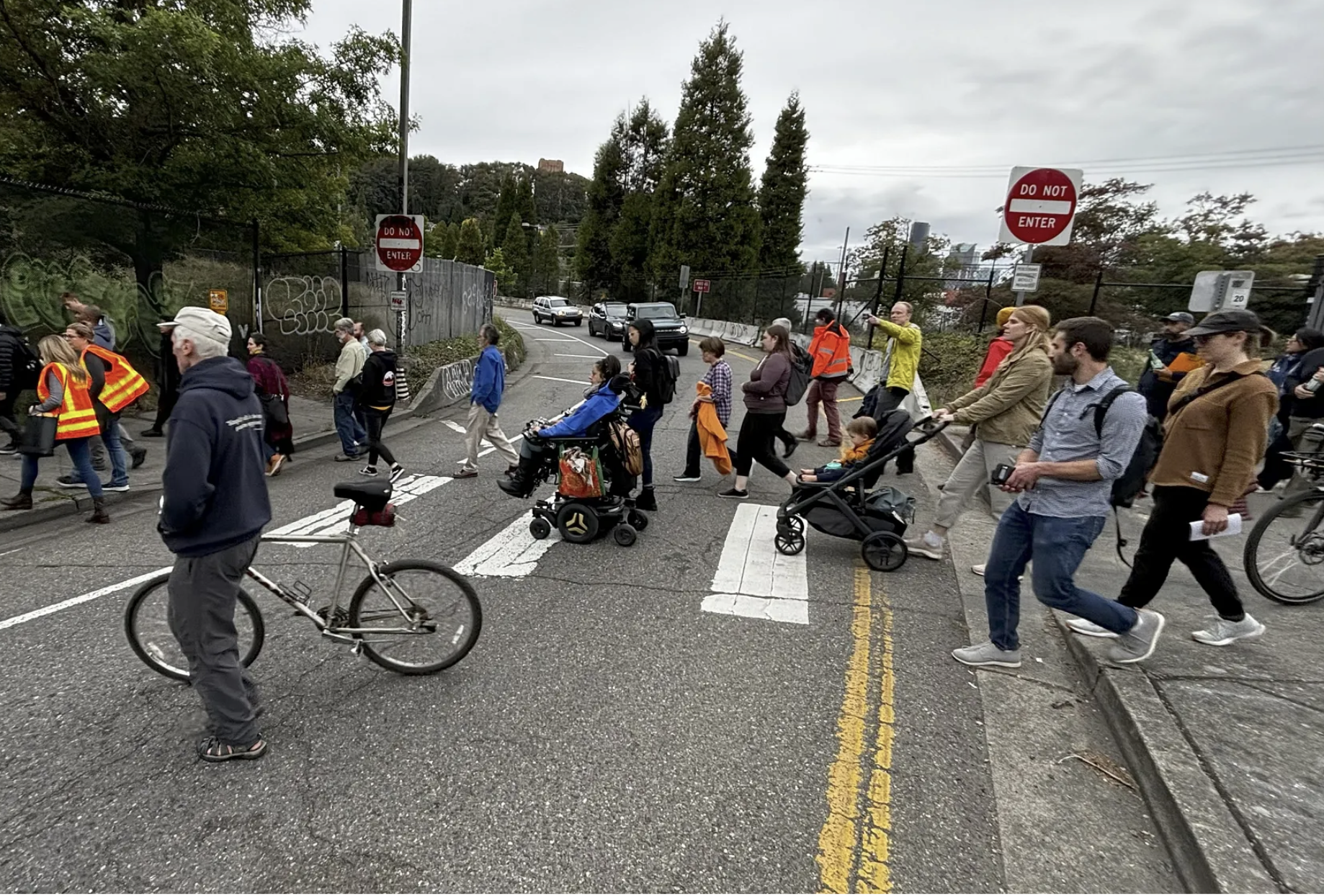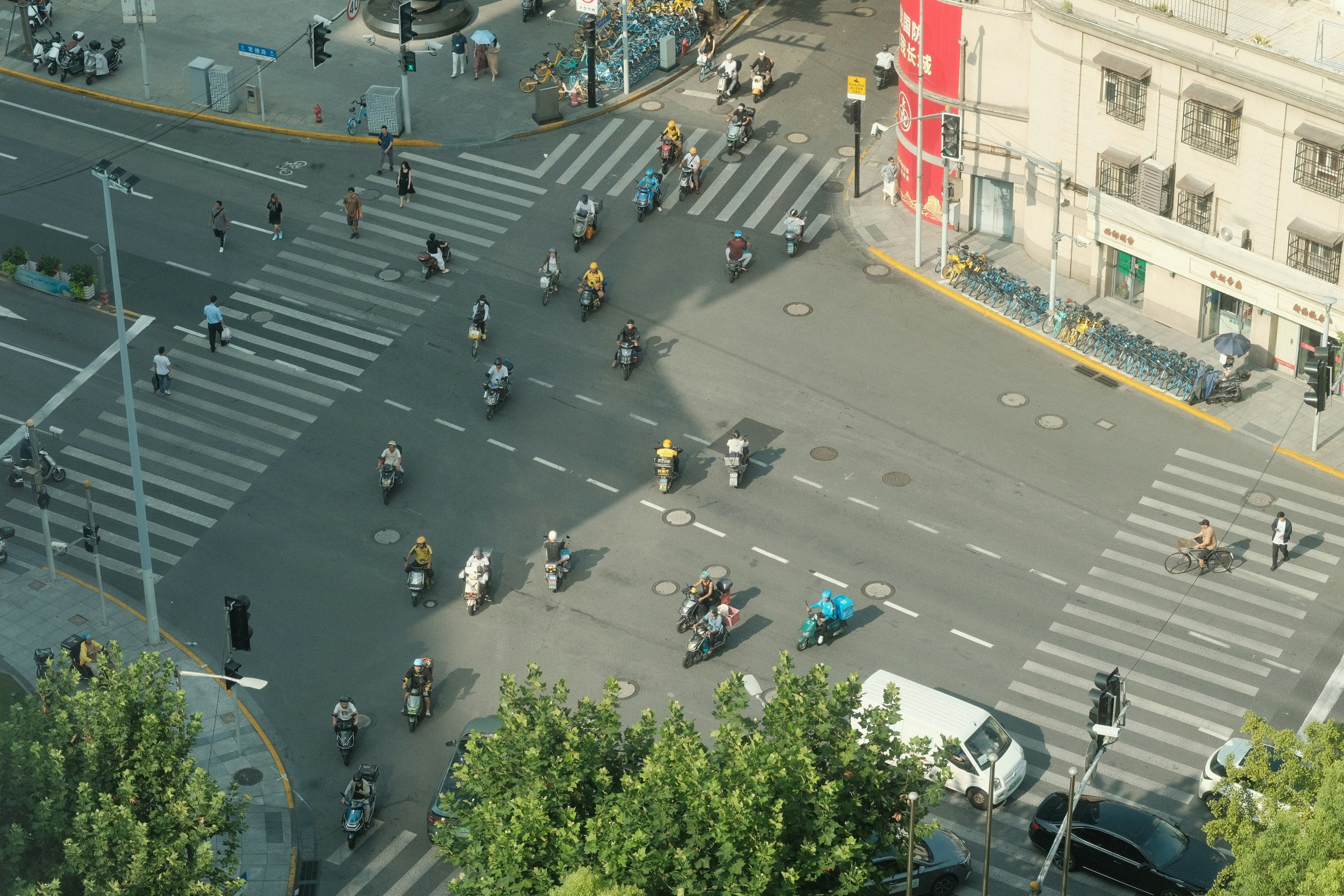
Forty years ago, the Washington region had 60 miles of bus lanes on its streets, a network that was erased once Metrorail started operating. Today passengers make about half a million trips on Metro buses each weekday, not a great deal less than Metrorail, but there is no network of priority streets for buses.
That's starting to change. This month two bus projects with dedicated lanes will open in the DC region, and Dan Malouff at Beyond DC says they will both pack a punch:
Georgia Avenue’s bus lanes will run just four blocks, from Florida Avenue to Barry Place. They’ll be curbside lanes, with normal bus stops on the sidewalk.
Four blocks is short, but this location is specifically one of the slowest stretches WMATA’s busy 70-series bus line passes through. Bus lanes here will speed the entire line.
Just as importantly, this will be a test project for DDOT to study, and to learn about bus lane implementation. In May, crews will add red paint to the roadway to make the bus lanes more visually obvious. By adding the red surface later, DDOT will gather data on whether the red really does dissuade car drivers from using the lanes illegally.
One week after DC's Georgia Avenue bus lanes debut, Arlington will launch phase two of a BRT line in Crystal City:
On Sunday the 17th, Arlington will open the second half of the Crystal City Potomac Yard Transitway, better known as Metroway. The first half opened in 2014 in Alexandria, and was the Washington region’s first foray into BRT.
The new Crystal City transitway section will run from Crystal City Metro south to Alexandria, where it will join the existing busway. It’ll be a mix of curbside bus lanes and fully exclusive bi-directional busway.
With these projects and a slate of other bus lanes in the works, writes Malouff, the region's network of transit-priority streets is on the verge of a comeback.
Elsewhere on the Network today: Green Lake Blue City and Rust Wire (a post by yours truly) imagine what a real urban policy would look like for the state of Ohio. The Urbanist makes the case that abundant parking and affordable housing just don't go together. And The Suburban City points out that Atlanta's suburbs are still growing faster than the city itself.






